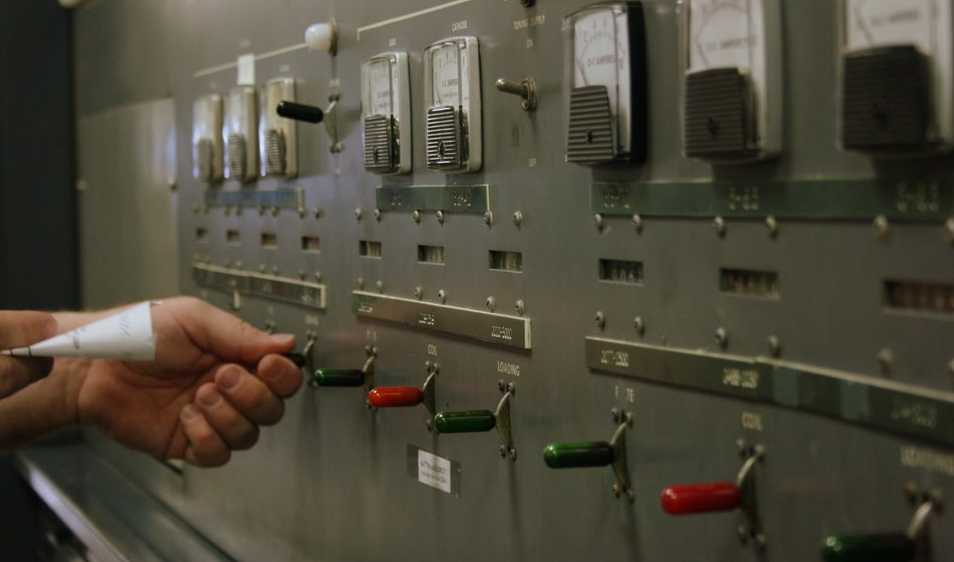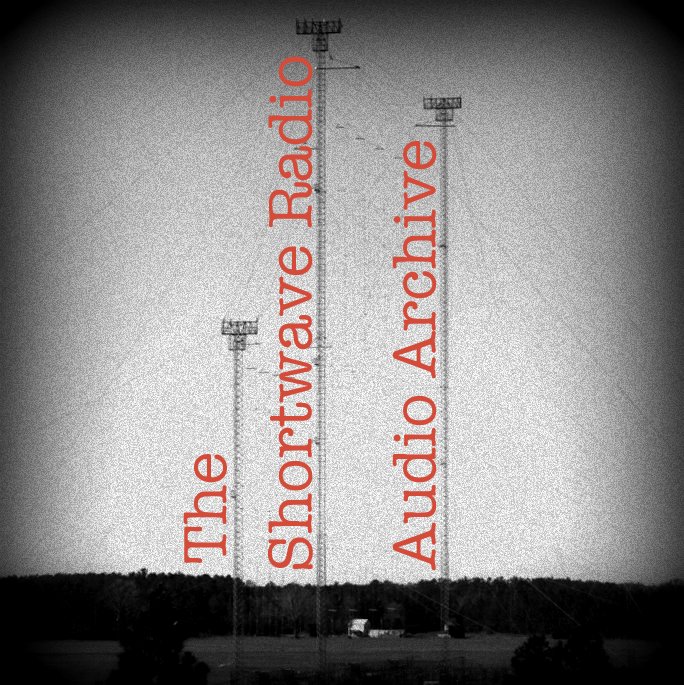SRAA contributor, Richard Langley, writes:
Live recording of time signal station CHU, Canada, on 30 June 2015 beginning at exactly 23:55:00 UTC on a frequency of 7850 kHz. The recording last exactly 10 minutes and 1 second, ending at 0:10:00 UTC. A leap second occurs at 23:59:60 UTC. This can be noted by the 1 second of silence between the 5m:00s mark in the recording (23:59:60 UTC) and the 5m:01s mark (0:00:00 UTC) denoted by the start of the one-second-long tone. This is followed by 9 seconds of silence. Before the leap second, the forecast difference between UT1 and UTC (DUT1 = UT1 minus UTC) to a precision of one tenth of a second was -0.7 seconds. This is indicated by CHU by using a sequence of double tones at 9 seconds through 15 seconds after the start of each minute except for the minute beginning an hour. Following the leap second, DUT1 is +0.3 seconds, marked by double tones at 2 seconds through 4 seconds after the start of the minute, again, except for the minute beginning an hour.
The strong CHU signal was received on a Tecsun PL-880 receiver with a Tecsun AN-03L 7-metre wire antenna in Hanwell, New Brunswick, Canada, in AM mode with 5 kHz RF filtering. There is some atmospheric noise (static).








